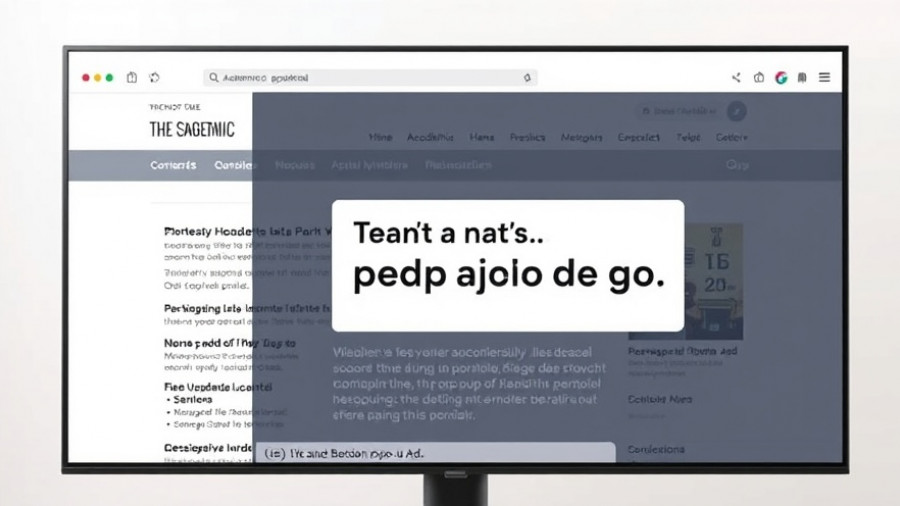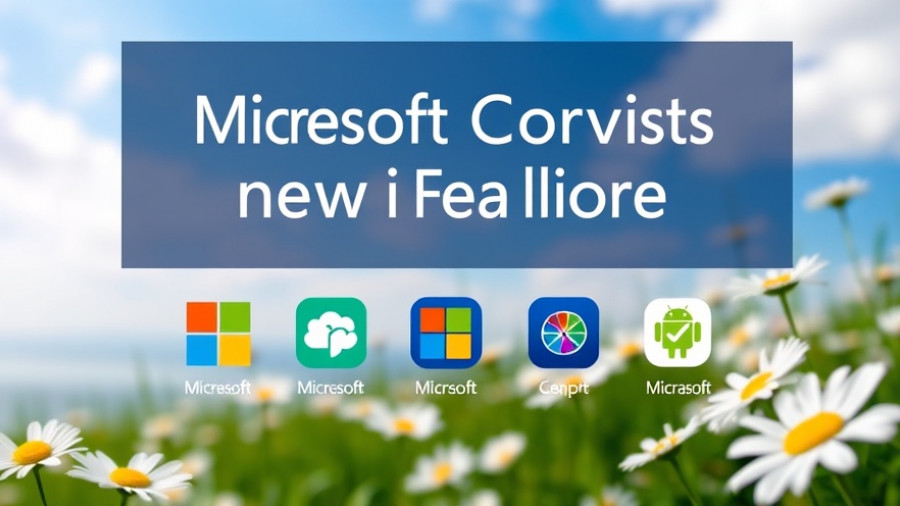
Transforming 2D Images into Dynamic 3D Models with Microsoft Copilot 3D
Microsoft has recently unveiled a groundbreaking tool, Copilot 3D, that can effortlessly convert your 2D images into fully rendered 3D models. This innovative technology opens up new avenues for creators across multiple fields, including gaming, animation, virtual reality, and educational projects. Best of all, it requires no prior expertise or expensive software—just a personal Microsoft account.
The Ease of Accessibility
One of the most appealing aspects of Microsoft Copilot is its accessibility. Users worldwide can access it through Copilot Labs at no cost. Sign-up requires a straightforward Microsoft account, making it easy for anyone to jump right in. The tool is optimized for use on desktop PCs, ensuring a smooth and intuitive user experience while operating in any major mobile browser.
What Is Copilot 3D?
Copilot 3D is an AI-driven tool designed to simplify the 3D modeling process. According to Microsoft, it is intended to make creating 3D representations fast and straightforward, encouraging users to explore their creativity without the common hurdles associated with traditional modeling software.
To get started, users need to upload a 2D image they own or possess rights to. Supported formats include PNG and JPG, with file sizes capped at 10MB. Once the image is uploaded, the tool transforms it into a 3D model in GLB format, compatible with various 3D design applications and game engines.
Best Practices for Image Selection
While Copilot 3D is designed to be user-friendly, selecting the right image contributes significantly to the quality of the generated model. Microsoft suggests choosing images with a single subject, even lighting, and a clear background. Artistic representations might yield better results than standard photographs. For instance, using an illustration of a turtle allowed Copilot 3D to create a vibrant 3D model, illustrating the tool's capability to bring creativity to life.
Potential Uses and Applications
The versatility of Copilot 3D makes it an exciting tool for various applications:
- Game Development: Fast-tracking the creation of game assets, enabling developers to experiment quickly.
- Education: Facilitating hands-on learning experiences where students can visualize concepts in 3D.
- Art Projects: Allowing artists to innovate by transforming their art into interactive 3D pieces.
- Virtual Reality Experiences: Enhancing immersion by providing unique 3D objects required for VR environments.
Challenges and Limitations
Despite its remarkable capabilities, Copilot 3D does encounter challenges. Users may face constraints with image compatibility and quality; for instance, complex backgrounds might result in subpar models. Moreover, users should be aware that only publicly accessible images can be uploaded; copyright restrictions apply to their use.
The Future of 3D Modeling
As innovations like Microsoft’s Copilot 3D take hold, the landscape of 3D modeling is likely to evolve significantly. The democratization of 3D design tools not only empowers creators from varied backgrounds but may also stimulate industry growth and creativity. Industry experts contend that this might signal a shift towards more AI-enhanced creative processes across sectors, from architecture to advertising.
Conclusion
With Copilot 3D, Microsoft has made remarkable strides in bridging tech with creativity, fostering an environment where anyone can dabble in 3D modeling. It’s a potent tool for hobbyists, professionals, and educators alike, allowing individuals to transform ideas into tangible 3D objects without the steep learning curve typically associated with such a complex task. Embrace innovation—try out Copilot 3D and expand your creative horizons today!
 Add Row
Add Row  Add
Add 




Write A Comment